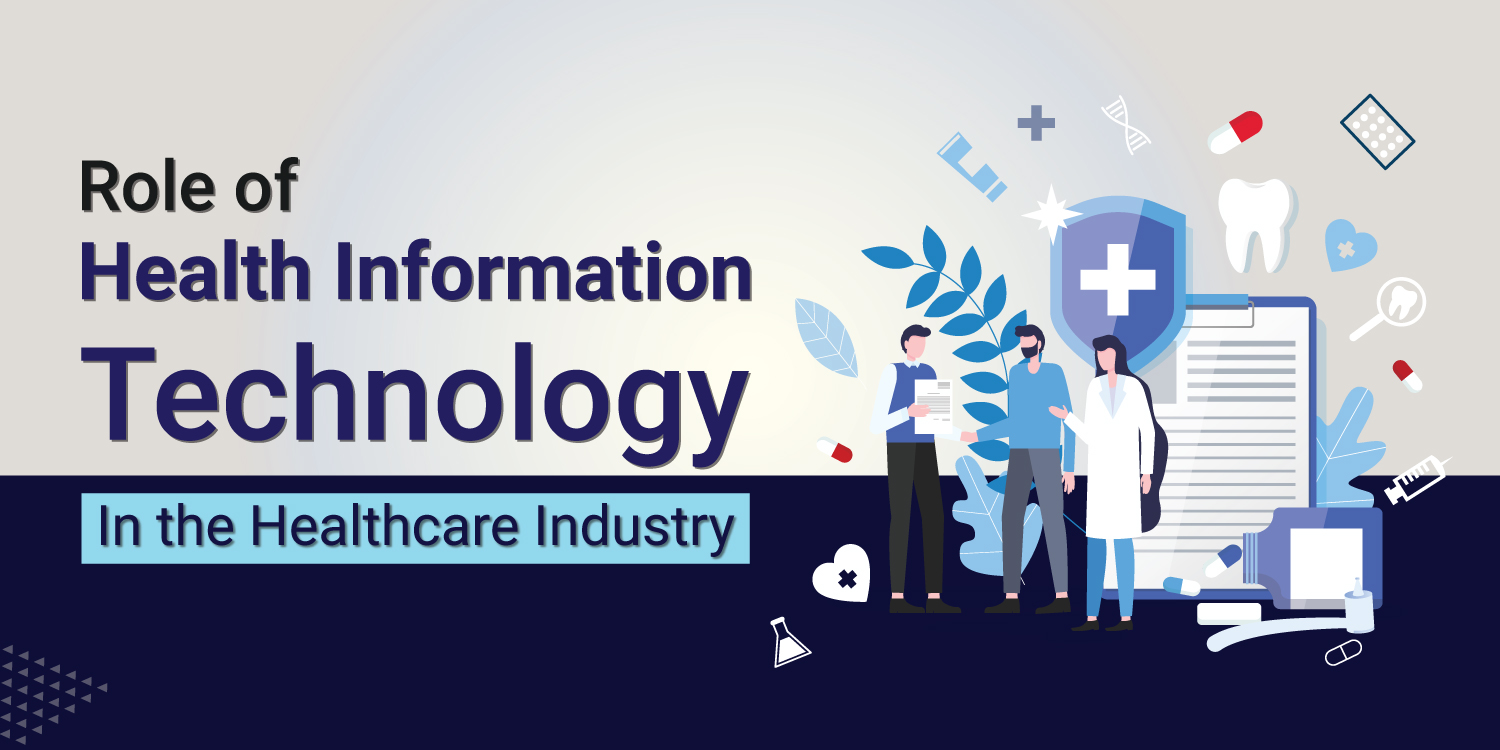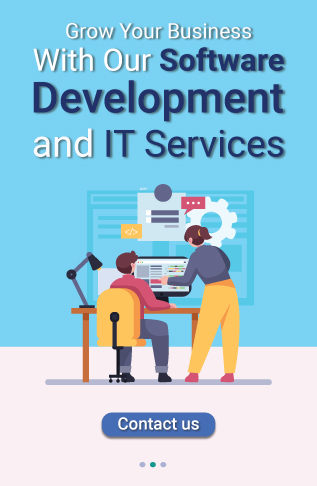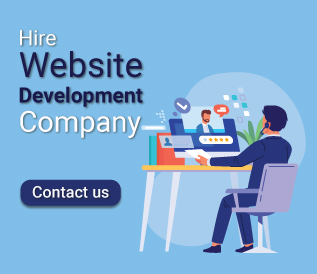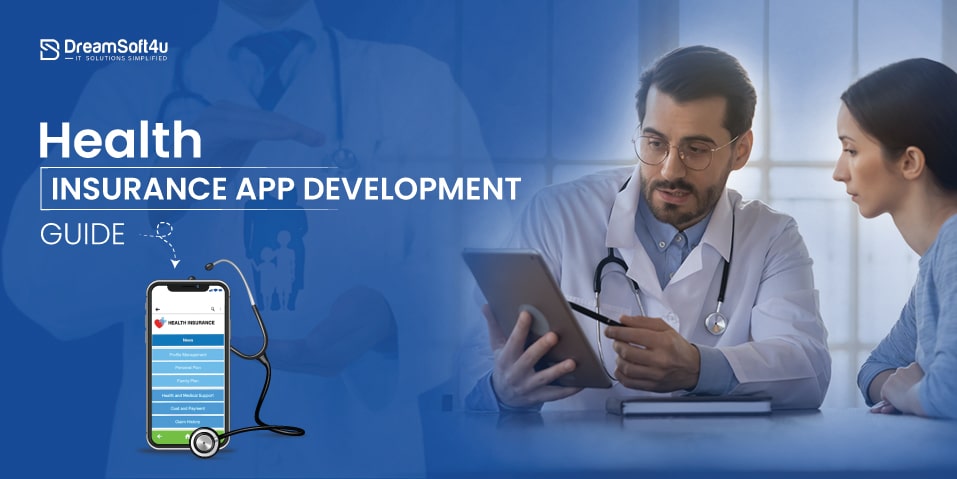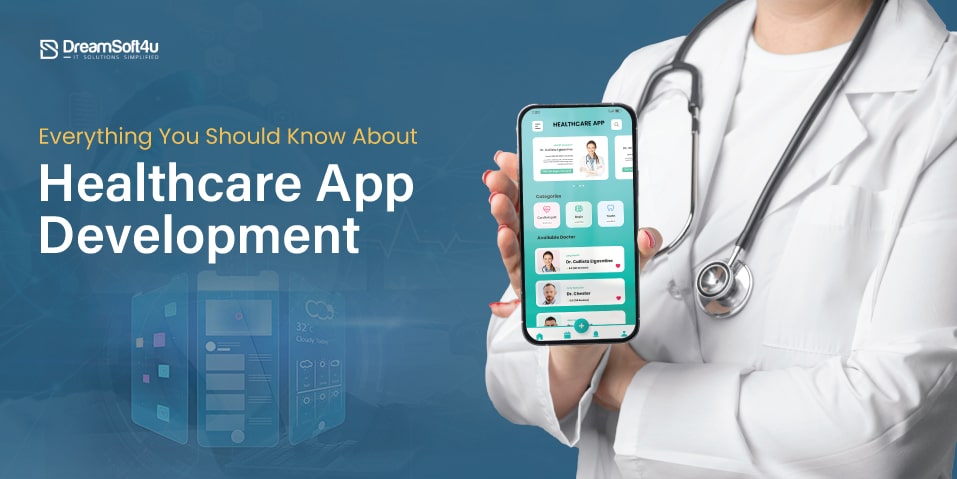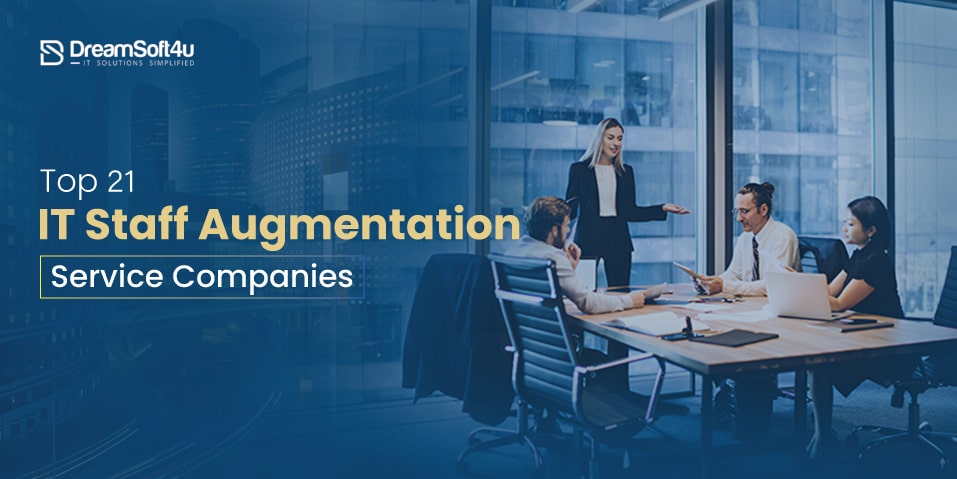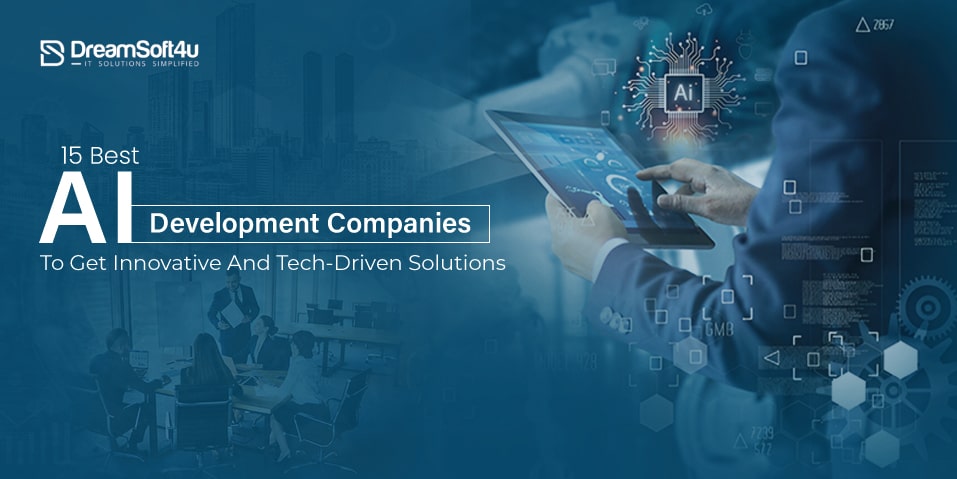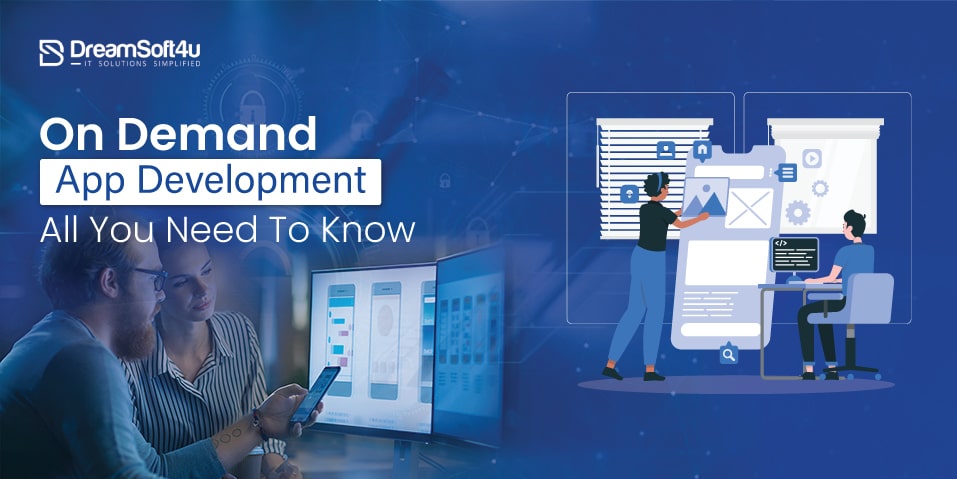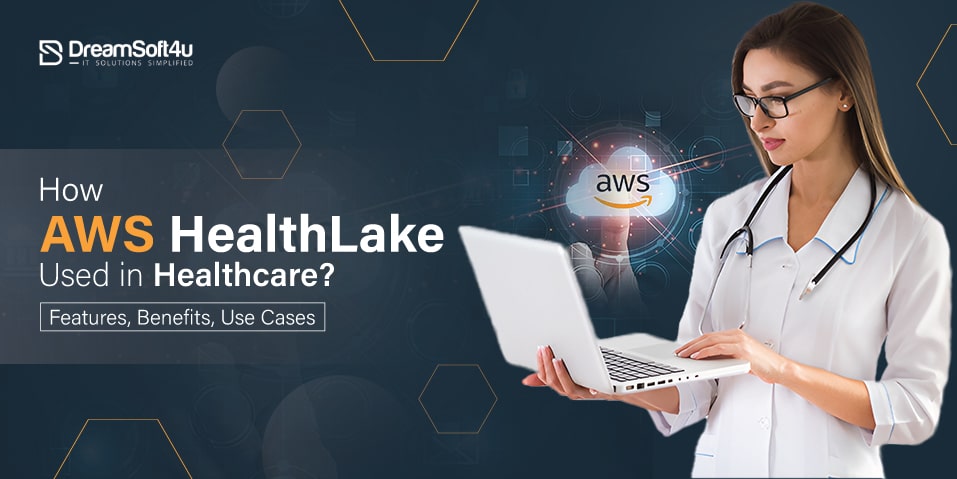We all have been witnessed the past healthcare system, which means how we saw the healthcare information system as a big room for health information technology files, giving us so much time to find the file, managing the lacs of files on a daily purpose, and even carrying medical reports, patients file and medical bills make difficulties for patience too.
Thanks to healthcare information technology (HIT) makes the easy ways for all of us. This has been a boom in the healthcare industry and off-course for us too. Here you will see How Health Information Technology (HIT) Improves the Healthcare Industry?
First, we have to know what is Health Information Technology and how it plays a vital role in the healthcare industry.
Table of Contents
ToggleWhat is Health Information Technology (HIT)?
Healthcare Information Technology is the application of information technology systems for healthcare to make easy the comprehensive management of information among Doctors, Patience, consumers, government, and insurers. The implementation of these systems in hospitals and clinics has monumental effects. Every year more healthcare providers are taking steps to change the way their business manages their internal processes. Health information technology is now widely used by pharmacists, doctors, and other healthcare providers to identify both short-term and long-term improvements to patient care.
Why Is Health Informatics Important?
This job is indispensable to the medical services field. While it is an in-the-background position, these medical services experts work on persistent experience by getting sorted out, putting away, and overseeing well-being information using electronic health records (EHR).
In this day and age of large information, medical services frameworks and the people who work with them have become significantly more significant. By utilizing these frameworks, medical care suppliers have more straightforward admittance to patient data which can assist specialists and attendants with coming to speedier arrangements and results.
These well-being experts likewise speak with policymakers and those in data innovation, going about as an extension between the two fields. In general, their insight into patients, medication, and well-being data innovation makes them a solid resource in medical services offices.
Benefits of Information Technology in Healthcare
The advantages of data innovation in medical services or health information technology, as else called, are bounty.
To start, IT empowers well-being professionals to store and recover information connecting with a patient’s well-being records. It likewise improves the correspondence of patient data through a neat organization that anybody can utilize. Accordingly, it diminishes the opportunity for prescription mistakes.
At last, it makes it more straightforward to recover patient data through an information base without new well-being checks. Every one of the above advancements in medical care shares a thing practically speaking; they further develop well-being and patient security.
The utilization of clinical innovation instruments shields patient well-being. To start with, there are alarms taking drugs, banners and updates, conference and analysis reports, and the more straightforward accessibility of patient information.
Especially, alarms can assist somebody with sticking to explicit therapies and timetables of treatment. Likewise, an electronic recording of information can prompt consistency of training among all well-being experts. At last, utilizing an electronic well-being record can work on giving care to normal circumstances in light of past proof.
Health Information Technology in the Real World
Numerous patients have previously been presented with various innovations and programming that fall under well-being data innovation. Everything from patient gateways to online training and meeting offers patients the chance to get well-being data for themselves.
They can settle on their future well-being or treatment in light of firsthand information on their wellbeing information and history.
There are numerous instances of well-being data innovation working in reality. A considerable lot of these models, like secure informing, portable applications, and individual checking capacities, are finding their direction in numerous medical services suppliers’ customary frameworks and schedules.
Electronic Health Records:
EHRs or electronic well-being records are a far-reaching, widely inclusive assortment of a solitary individual’s well-being information over the long run. Since it is put away on the web, frequently in “mists,” EHRs permit specialists and patients to rapidly access and use data. Specialists can monitor their patient’s well-being data in a single spot without the issue of desk work or lost records.
Personal Health Records:
PHRs, or individual wellbeing records, are basically the same as EHRs. Nonetheless, patients gain influence from the data that goes into their well-being records instead of their PCPs or other medical care suppliers.
A personal health record is a helpful way for a patient to record significant data connected with various specialist visits. They can likewise follow other well-being information like what they eat, how much activity they get, and their pulse or other crucial data.
Individual well-being records may be effectively connected with an electronic well-being record.
Health informatics careers
In the event that a profession in health information technology degree requests you, this is the thing you want to be familiar with the social occasion the right information base, and capabilities. This vocation way will require specialized information on different sorts of wellbeing data frameworks, regulatory abilities, and medical care information. Essentially, turning into wellbeing informatics proficient means broadly educating between data innovation claims to fame and medical care, since this field requires a range of abilities from the two disciplines.
Procuring a Health Services Administration degree can start you off in great shape, giving a decent blend of the information and abilities you really want from each discipline to send off your wellbeing informatics vocation. Finishing a health information technology careers course will offer you a far-reaching underpinning of wellbeing-related information, including the monetary and lawful parts of medical care, decent working information on wellbeing data frameworks, as well as important abilities for different administration/organization jobs inside the medical care industry. When your foot is in the entryway, you can acquire particular certificates in wellbeing data on the board to propel your profession, separating yourself as a specialist in wellbeing informatics.
What Health IT Professionals Do
Wellbeing data innovation experts join their skills in medical services and innovation to create, make due, and support electronic well-being records frameworks. You could work in medical clinics, confidential specialists’ workplaces, insurance agencies, government organizations, and even programming organizations to foster protected and powerful quiet record assortment frameworks.
What Kinds of Jobs Could You Find in Healthcare IT?
A profession in IT in medical care can steer you in various headings. Here are only a couple of the positions for which you could qualify with a degree in information technology in healthcare:
- Wellbeing Information Technology Specialist
- Frameworks Administrator, Information Technology
- Clinical Application Support Analyst
- Network safety Analyst
- Electronic Health Records Specialist
- Information Warehousing Analyst
- Character Access Manager
- Director of Information Technology Hospital Billing
- IT Pharmacy Architecture Manager
Data innovation can assist with saving lives and further develop the general medical services insight. Might you want to turn into a piece of this intriguing field?
Healthcare Software comes under HIT:
Practice Management Software:
As the name tells the story, Practice Management Software (PM) assists you to manage several administrative and medical aspects of the healthcare industry.
That software takes your stress away and assists you to provide better short & long-term patient care, with the correct system in place, you’ll exceed patient expectations.
Electronic Medical Record (EMR):
Again the name tells the whole story, Electronic medical record (EMR) makes the paperless work and helps you to save all medical records, important clinical files, medical bills, patient records, and their meeting records with their respective doctors. EMR Software is one of the most popular medical software on the top priority.
Electronic Health Record (EHR):
Electronic Health Record (EHR) software works similarly to EMRs, as EHRs allow checking patients’ past records, diagnoses reports, treatments history, allergies, medications, X-rays & more.
The major difference between EMR and EHR is that Data from EMRs can only be checked within one place, while Data from EHRs can be share patient data with other EHRs. The most powerful advantage of EHR is, that if a patient is in the emergency room, they can be properly treated because different physicians will have access to their information.
Online Patient Portal:
In-Patient Portals you may check everything you’d find in an EMR & EHR, such as patient records including past history, treatments, and medications. Even they can check additional notes you leave for them when they are not with you. Patient Portals have become so popular among hospitals and other healthcare providers in past years. The main thing is that now doctors and patients don’t need to carry their medical records with them and that saves so much time as they can focus on the main task the Treatment.
Scheduling Software:
Through Scheduling Software you can allow patients to log in to their account and schedule their appointments with doctors on their own. It reduces the phone traffic, Rather than calling every time for an appointment, now patients use this patient portal even with their mobile devices and schedule an appointment.
Medical Billing Software:
Managing Medical Billing can say the most time-consuming task during the treatment process, especially in big hospitals and diagnostic centers. HIT made it easy too by authorizing the medical billing software. Now patience doesn’t need to waste their time and they may focus their total time on the treatment. If there’s an issue such as a late payment, the system alerts you so you can act accordingly.
ePrescribing:
Now it becomes easy to send the prescriptions to the pharmacy. In the past history what we see is that handwritten prescriptions may have the risk of a mix-up at the busy work and that becomes woeful for both patient and doctor. ePrescribing makes it simple and efficient. Now In just a few clicks a prescription is sent, filled, and waiting for the patient when they get to the pharmacy. Now the pharmacist can view the prescription and ensure patient safety by giving them the correct one.
The system displays the prescription at the pharmacy, ensuring patient safety by giving them the correct one. A study by Decision Resources found that using ePrescribing software has increased prescribing.
Execution of Health Information Technology:
To choose and use HIT effectively, organizations must be diligent in researching both current and proposed requirements. Despite initial difficulties associated with implementing the program, the outcomes are worth the risk and effort.
Conclusion
Dreamsoft4u is one of the leading software development companies and India, providing Healthcare software solutions, globally. In our services, you can contact us for the EMR Software, EHR Software, Patience Portal, Medical Billing Software, and Healthcare IT Services.

